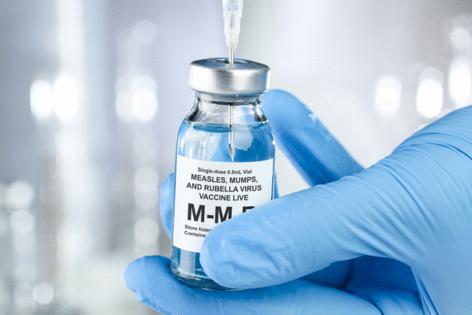Understanding measles and the current outbreak
Published in Health & Fitness
Measles used to be a common childhood illness years ago. At the beginning of this century, measles had been declared eliminated from the country. But now, measles, one of the most contagious diseases to spread, is returning at a record pace as 17 states have reported measles cases in 2024.
"There are many viruses that are either not contagious or sort of contagious," says Sarah Scherger M.D., pediatrician at Mayo Clinic Health System in Austin and chair of Pediatrics for Mayo Clinic Health System. "Measles is aerosolized and is super contagious, and can live on surfaces for up to two hours after first contact."
According to the Centers for Disease Control and Prevention (CDC), measles symptoms appear seven to 14 days after contact with the virus. Measles typically begins with these symptoms:
•High fever (may spike to more than 104 F)
•Cough
•Runny nose (coryza)
•Red, watery eyes (conjunctivitis)
Tiny, white spots known as Koplik spots may appear inside the mouth two to three days after symptoms begin. Measles rash appears three to five days after the first symptoms.
Measles is most dangerous for children up to the age of 5 and immunocompromised adults over 65.
"We talk about high fevers and rashes, and that's uncomfortable," explains Dr. Scherger. "Unfortunately, approximately 1 in 1,000 people can get encephalitis, which is an infection in your brain causing the potential for permanent brain damage."
...continued
©2024 Mayo Clinic News Network. Visit newsnetwork.mayoclinic.org. Distributed by Tribune Content Agency, LLC.







Comments